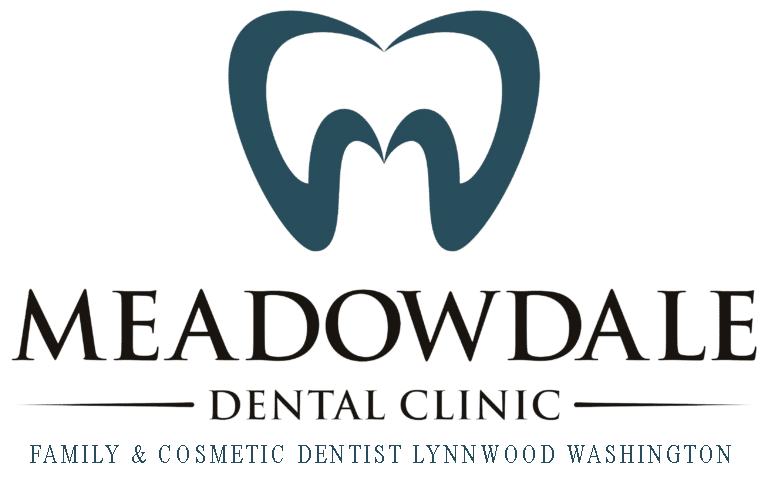Periodontal maintenance vs regular dental cleanings
Have you recently been told you have the early stages of periodontal disease? Now it seems like your dental care is getting more complicated, and you’ve been told you have to get regular periodontal maintenance. What does this mean? And how does periodontal maintenance differ from a regular dental cleaning? Here is a bit more information to help you get a better idea of the differences between periodontal maintenance and regular cleanings and why periodontal maintenance care may be so important for you.
Prophylaxis, or Regular Cleaning
First, a regular dental cleaning is recommended 2-3 times a year for all adults. What you may not know, is that regular cleanings are specifically recommended for patients who have not had bone loss, periodontal disease, or any tooth infections. Put simply, regular cleanings are for adults with healthy mouths without bone or gum problems. Individuals who have gums that bleed frequently, teeth that are loose, receded gums, or pockets starting to form around the roots of the teeth should not receive a regular cleaning and will need more specific treatment. This means one of the biggest differences between regular cleanings and periodontal maintenance is the target population.
The goal of a regular cleaning, or prophylaxis, is to remove plaque buildup, hardened tartar, and stains from the teeth. This regular treatment is considered preventive to reduce the risk of gum disease and tooth decay. Most insurance providers cover prophylaxis since regular cleanings are believed to help prevent periodontal disease.
Periodontal Maintenance
For individuals with gum disease who have had bone loss, or who have deeper gum “pockets”, a regular cleaning is not appropriate for you. If you’ve recently had periodontal surgery or a root planning treatment your dentist will recommend the next visit that you schedule a periodontal maintenance procedure.
The goal of periodontal maintenance is to use deeper cleaning techniques like scaling to help maintain current gum status and help future bone health. During the treatment, plaque and tartar are removed from above and below the gum line. The treatment goes below the gumline all the way down to where the root, gum, and bone meet. The root of the tooth is smoothed to avoid future buildup, existing pocket depths are carefully examined, and sometimes antibacterial medicines are applied. Periodontal maintenance is usually recommended more frequently than regular cleanings, as frequent as 3 to 4 times a year, depending on how advanced gum disease is and how quickly plaque and tartar are building up. For most insurance providers, periodontal maintenance is considered a basic service and is covered.
The primary differences between regular cleanings and periodontal maintenance are the patients being served and the frequency of the treatments. If you have gum disease it is important to maintain a regular schedule of periodontal maintenance in order to delay the disease from progressing and hopefully restore your oral health. Gum disease not only leads to tooth loss, but is linked to overall health and adverse conditions including heart disease and diabetes. It is critically important to do what you can to keep your gums and teeth as healthy as possible.
More on Periodontal Maintenance : What is Dental Prophylaxis?
